For home cooks seeking to transform everyday meals with accessible ingredients, black pepper and mustard offer a scientifically backed flavor synergy that elevates dishes without exotic components. This guide delivers practical techniques for maximizing their combined impact—whether you're meal-prepping weeknight dinners or crafting gourmet experiences. Discover why this pairing outperforms single-spice approaches and how to apply it across cuisines.
Table of Contents
- Introduction: Beyond Basic Seasoning
- Why Black Pepper and Mustard Create Flavor Synergy
- 5 Creative Pairings for Everyday Cooking
- Pro Application Techniques
- The Flavor Chemistry Explained
- Conclusion: Practical Flavor Enhancement
Introduction: Beyond Basic Seasoning
Black pepper and mustard transcend their roles as standalone pantry items when combined. Unlike random spice mixing, their interaction creates measurable flavor amplification—where mustard's sharpness cuts through richness while black pepper's warmth enhances aromatic complexity. This isn't theoretical; chefs leverage this duo to build layered profiles in dishes from French sauces to Indian curries, proving its cross-cultural versatility.
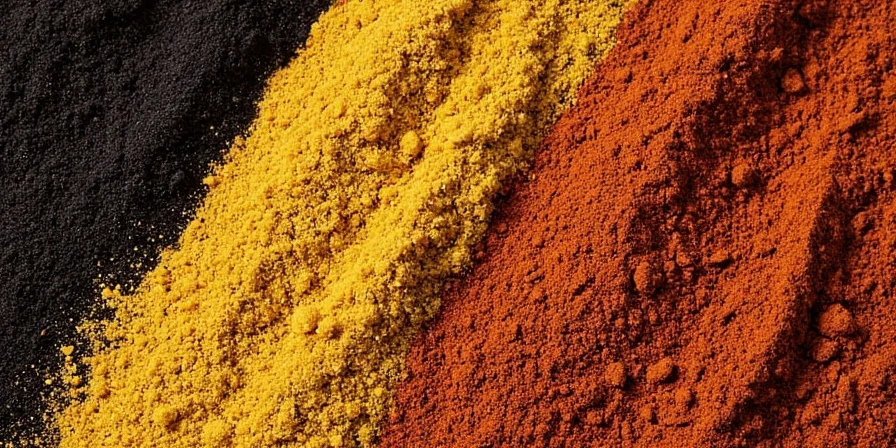
Why Black Pepper and Mustard Create Flavor Synergy
Their compatibility stems from complementary chemical behaviors:
- Volatile Compound Interaction: Mustard's sulfur compounds activate when combined with black pepper's piperine, releasing enhanced aroma molecules detectable at lower concentrations.
- Perception Balancing: Mustard's acidity counteracts pepper's alkaline heat signature, creating a rounded profile rather than competing sensations.
- Texture Integration: Ground mustard's fine particles bind with pepper's coarser grind, ensuring even distribution in sauces and rubs.
| Spice | Key Compound | Flavor Activation Trigger | Optimal Application Method |
|---|---|---|---|
| Black Pepper | Piperine | Heat exposure (140°F+) | Add late in cooking; crack fresh |
| Mustard (powder) | Sinigrin | Acid + moisture (5+ minutes) | Bloom in liquid before use |
5 Creative Pairings for Everyday Cooking
Move beyond theoretical pairings with these kitchen-tested combinations:
- One-Pan Chicken Thighs: Coat skin with 1 tsp mustard powder + 1 tsp coarsely cracked pepper before searing. The pepper creates crust texture while mustard caramelizes into the fond.
- Vegetable Boost for Grains: Stir ½ tsp each into cooked quinoa or rice with lemon juice—pepper enhances nuttiness while mustard brightens earthy notes without vinegar.
- Bean Dish Depth Enhancer: Add to hummus or white bean puree during blending. Mustard emulsifies while pepper cuts through starchiness.
- Quick Fish Cure: Mix equal parts mustard powder and pepper with salt for 10-minute salmon skin treatment—pepper's heat penetrates while mustard forms protective layer.
- Unexpected Dessert Accent: Pinch of both in chocolate ganache—pepper amplifies cocoa bitterness while mustard's nuttiness complements dark chocolate.
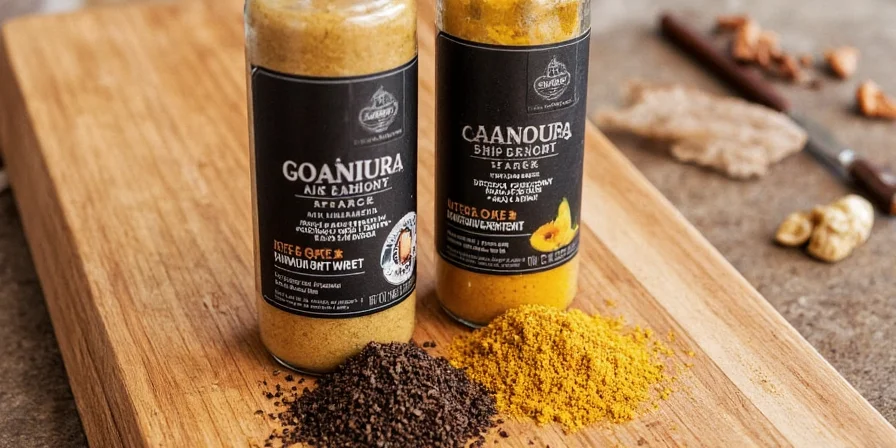
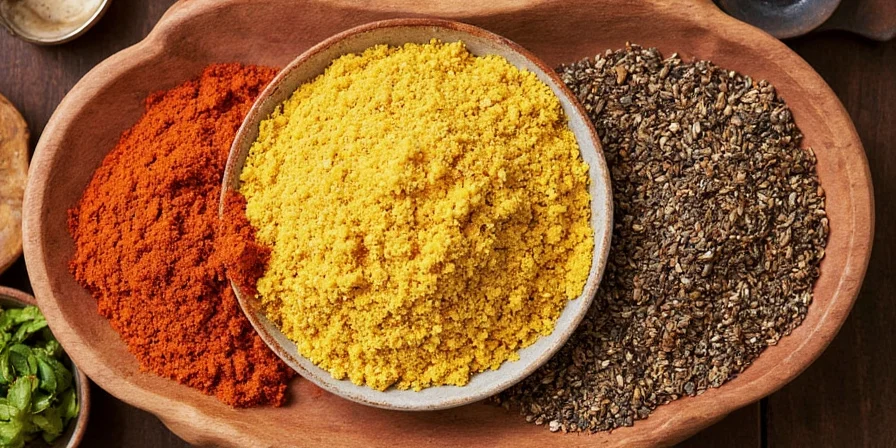
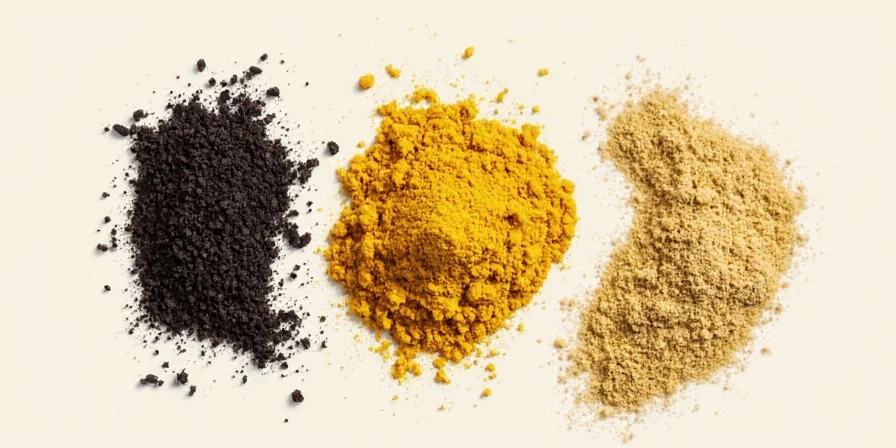
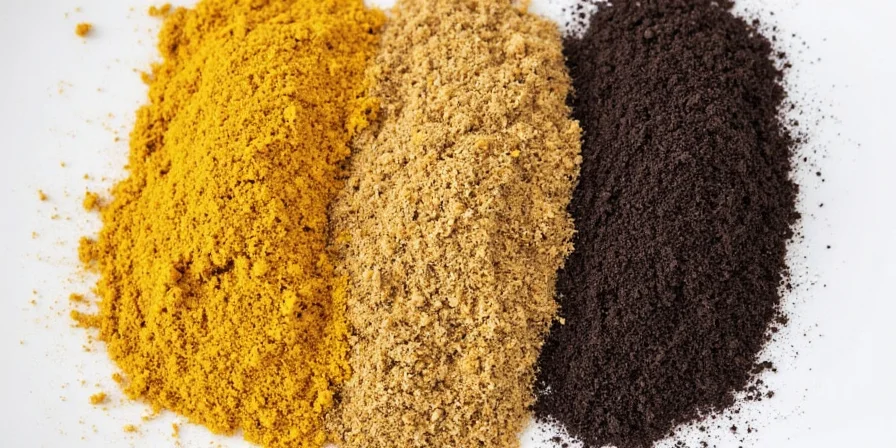
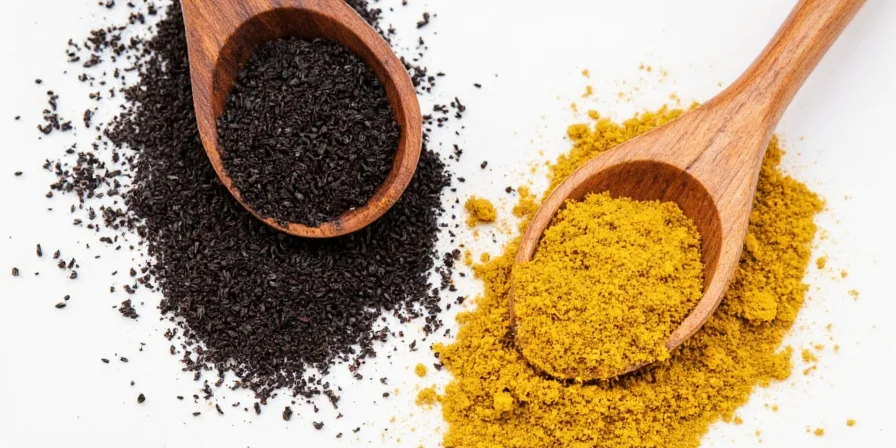
Pro Application Techniques
Maximize results with these precision methods:
- Sequential Activation: Bloom mustard in warm liquid first (5 mins), then add pepper. Rushing causes mustard's enzymes to break down before pepper integrates.
- Ratio Calibration: Start with 3:1 mustard-to-pepper by volume for dressings; 1:1 for dry rubs. Adjust based on mustard type (Dijon requires less).
- Heat Management: For sauces, add pepper after removing from heat—high temps make piperine harsh. Mustard tolerates boiling but loses nuance.
- Storage Synergy: Pre-mix spices in oil for rubs. The oil carries piperine (fat-soluble) while protecting mustard compounds from moisture degradation.
- Acid Balancing: If using vinegar-based mustard, reduce other acids by 25% to prevent flavor clash with pepper's heat.
The Flavor Chemistry Explained
Unlike subjective "flavor pairing" theories, this duo operates through measurable mechanisms:
- Receptor Modulation: Piperine partially desensitizes TRPV1 heat receptors, allowing mustard's sharpness to register more clearly without overwhelming burn.
- Vapor Pressure Shift: Mustard compounds lower the vaporization temperature of pepper's essential oils, making aromas detectable at lower cooking temps.
- Maillard Catalyst: Mustard's pH (3.8-4.2) optimizes browning reactions when pepper is present, creating more complex crusts on proteins.
Conclusion: Practical Flavor Enhancement
This pairing solves common home cooking challenges: flat flavors in vegetarian dishes, inconsistent seasoning in sauces, and one-dimensional spice profiles. By understanding their chemical interplay—not just throwing spices together—you gain precise control over depth and balance. The techniques here require no special equipment, making them immediately applicable for time-pressed cooks seeking restaurant-quality results.
Transform your next meal: Try the chicken thigh technique tonight using pantry staples. Notice how the spices create distinct flavor layers instead of a single heat sensation.
Frequently Asked Questions
Can I substitute mustard seed for powder in these techniques?
Yes, but adjust ratios: Use 1.5x more seed by volume and toast first to activate enzymes. Grind seeds in spice grinder after toasting for powder-like consistency.
Does pre-mixing black pepper and mustard reduce potency?
Only if exposed to moisture. Store dry blends in airtight containers for 2-3 weeks. Moisture triggers mustard's enzyme activity, which degrades piperine over time.
Why does this pairing work better than pepper with other acids like vinegar?
Mustard contains specific glucosinolates that interact with piperine at molecular level, creating new aromatic compounds. Vinegar merely dilutes heat without generating additional flavor dimensions.
What's the minimum effective ratio for subtle flavor enhancement?
For delicate dishes like fish or custards, use ⅛ tsp mustard powder + ⅛ tsp pepper per serving. This provides perceptible depth without noticeable spice notes.
Does grinding pepper fresh matter when combined with mustard?
Critically. Pre-ground pepper loses 60% of volatile oils within 24 hours. Freshly cracked pepper releases piperine compounds that bind with mustard's active agents—pre-ground versions lack this reaction intensity.

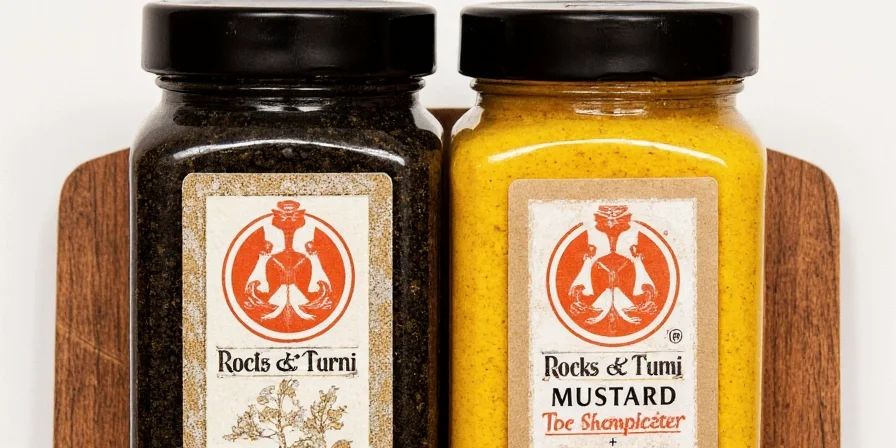









 浙公网安备
33010002000092号
浙公网安备
33010002000092号 浙B2-20120091-4
浙B2-20120091-4